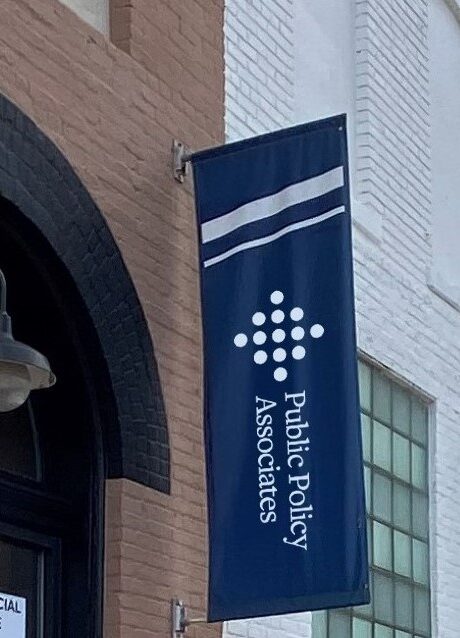 Anna Colby is a senior research associate at Public Policy Associates with expertise in anti-hunger and food policy. Most of her work is related to food and health, but she has also worked on PPA research teams in education, workforce development, and justice.
Anna Colby is a senior research associate at Public Policy Associates with expertise in anti-hunger and food policy. Most of her work is related to food and health, but she has also worked on PPA research teams in education, workforce development, and justice.
Before joining PPA, Ms. Colby worked as a policy advocate in California, supporting policies to increase access to nutritious, affordable foods. She also served as assistant director of the Tomás Rivera Policy Institute, which works to address the challenges and opportunities of demographic diversity.
She has master’s degrees in public policy and in geographic information science and technology from the University of Southern California. She earned her bachelor’s degree in graphic design from Maryville University.
1. What are your main areas of interest?
I am passionate about improving access to vital programs and services and improving equity. Along those lines, I have expertise in anti-hunger and food policies and have more recently been turning my attention to social determinants of health and the impact of adverse childhood experiences (ACEs) on health.
2. Why are social determinants of health and ACEs important?
It is clear that people’s lived experiences and the characteristics of where they live, work, and play have a significant influence on their health and well-being. It is also clear that these social and environmental conditions result in health inequities. These health inequities are avoidable and largely the result of social injustices and racism.
3. How can a researcher help address health disparities?
Research has helped us understand the scope and scale of health disparities. At PPA, I have the opportunity to look at what programs and policies could work to level the playing field. For example, I recently worked on a project to identify policy opportunities in Michigan that would support collaborations between health plans and food banks.
4. What do you enjoy about program evaluation?
I particularly enjoy helping develop and shape programs in real time. I had a recent project where I engaged the community, asking for their input in designing a program. In another project, we are evaluating a philanthropy’s funding stream and it, in turn, has used that learning to inform its practices.
5. You have degrees in graphic design and GIS and technology. How does that enhance your work?
The graphic design degree gave me a solid background in communications. I can get outside of that traditional lengthy report and really communicate what someone wants to know in one or two pages.
My GIS education provided an understanding of how geography and place affect people and policies and how to consider that larger context in my work.

